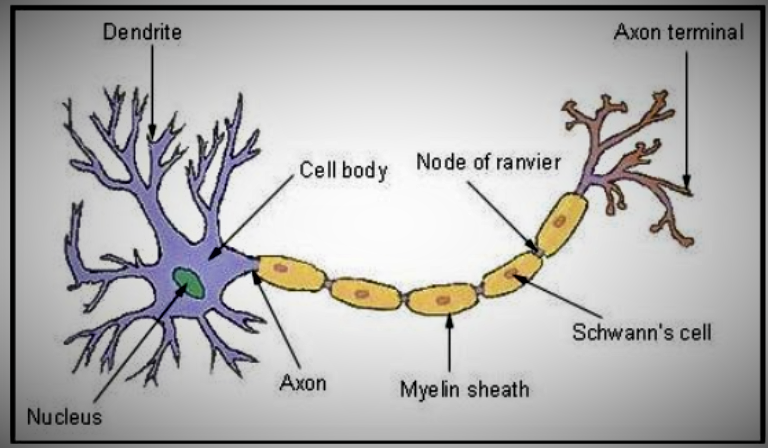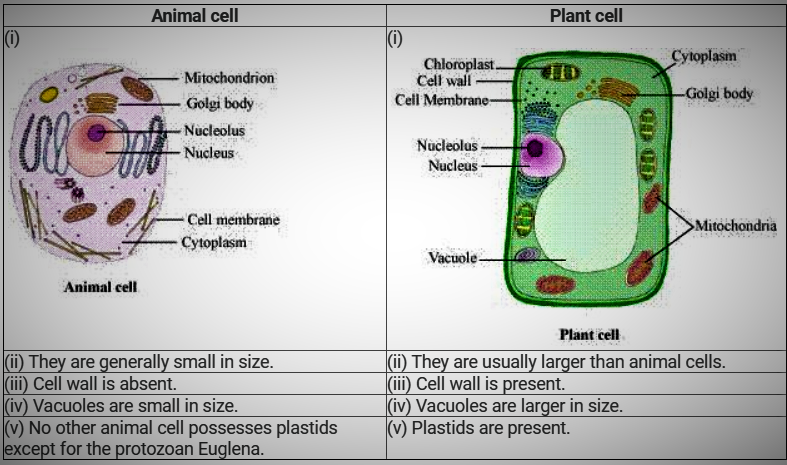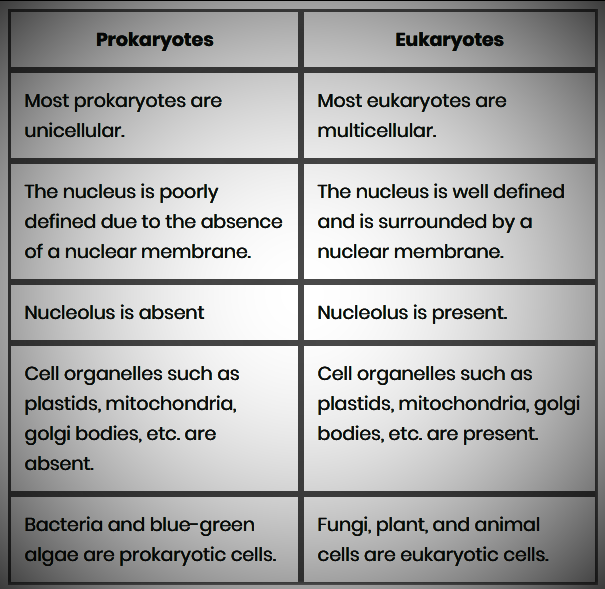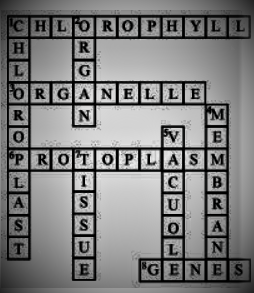GetStudySolution
Getstudysolution is an online educational platform that allows students to access quality educational services and study materials at no cost.
NCERT Solutions for Class 8 Science chapter 8 – Cell-Structure and Functions
Back Exercise
Question 1:
Indicate whether the following statements are True (T) or False (F).
(a) Unicellular organisms have one-celled body. (T/F)
(b) Muscle cells are branched. (T/F)
(c) The basic living unit of an organism is an organ. (T/F)
(d) Amoeba has irregular shape. (T/F)
Answers
(a) True
(b) False
(c) False
(d) True
Question 2:
Make a sketch of the human nerve cell. What function do nerve
cells perform?.
Answers

The main function of nerve cell or neuron in human body is to carry nerve impulses from one part of the body to other part of the body.
The nerve cell is to transmit electrical messages to the brain from receptor organs and vice versa. It has control over the
working of different parts of the body.
Question 3:
Write short notes on the following.
(a) Cytoplasm
(b) Nucleus of a cell
(a) Cytoplasm:
It is a jelly-like substance/fluid that is found between the plasma membrane and the nucleus.
The cytoplasm is a fluid that contains all the cell organelles such as the Mitochondria, Ribosomes, Golgi bodies, etc.
The cytoplasm helps in the exchange of materials between cell organelles.
(b) The nucleus of a cell:
The Nucleus is a double-membrane bound cell organelle present in eukaryotic cells. It commands all the functioning of the cell. It is generally located in the center of the cell and is spherical in shape.
A membrane called nuclear membrane separates it from cytoplasm. It contains the genetic material DNA and RNA in it.
This porous membrane allows the transfer of material in the nucleus and cytoplasm. Nucleus contains a dense body called Nucleolus which
actually contains Chromosomes, the genetic material. It is the most important part of the cell.
Question 4:
Which part of the cell contains organelles?
Answers
Cytoplasm is the part of the cell that contains various organelles such as mitochondria, ribosomes, Golgi bodies, etc.
Question 5:
Make sketches of animal and plant cells. State three differences
between them.
Answers

Question 6:
State the difference between eukaryotes and prokaryotes.
Answers

Question 7:
Where are chromosomes found in a cell? State their function.
Answers
Chromosomes are thread-like structures present in the nucleus that carry genes. All the necessary information required for the transfer
of characteristics from the parents to the offspring are stored in the genes. Inheritance of characteristics is possible only because of
chromosomes.
Question 8:
‘Cells are the basic structural units of living organisms’. Explain.
Answers
In Biology, the basic unit of which all living things are composed is known as ‘cell’. The ‘cell’ is the smallest structural unit of living
matter that is capable of functioning independently. A single cell can be a complete organism in itself, as in bacteria and protozoans.
A unicellular organism also captures and digests food, respires, excretes, grows, and reproduces. Similar functions in multi-cellular
organisms are carried out by groups of specialized cells which are organized into tissues and organs such as, the higher plants and animals.
Hence, ‘cell’ is known as the basic structural and functional unit of life.
Question 9:
Explain why chloroplasts are found only in plant cells?
Answers
Chloroplasts are found only in plant cells because they are required for the process of photosynthesis.
Question 10:
Complete the crossword with the help of clues given below.
Across
1. This is necessary for
photosynthesis.
3. Term for component present
in the cytoplasm.
6. The living substance in the
cell.
8. Units of inheritance present
on the chromosomes.
Down
1. Green plastids.
2. Formed by collection of
tissues.
4. It separates the contents of
the cell from the surrounding
medium.
5. Empty structure in the cytoplasm.
7. A group of cells.

Answers
